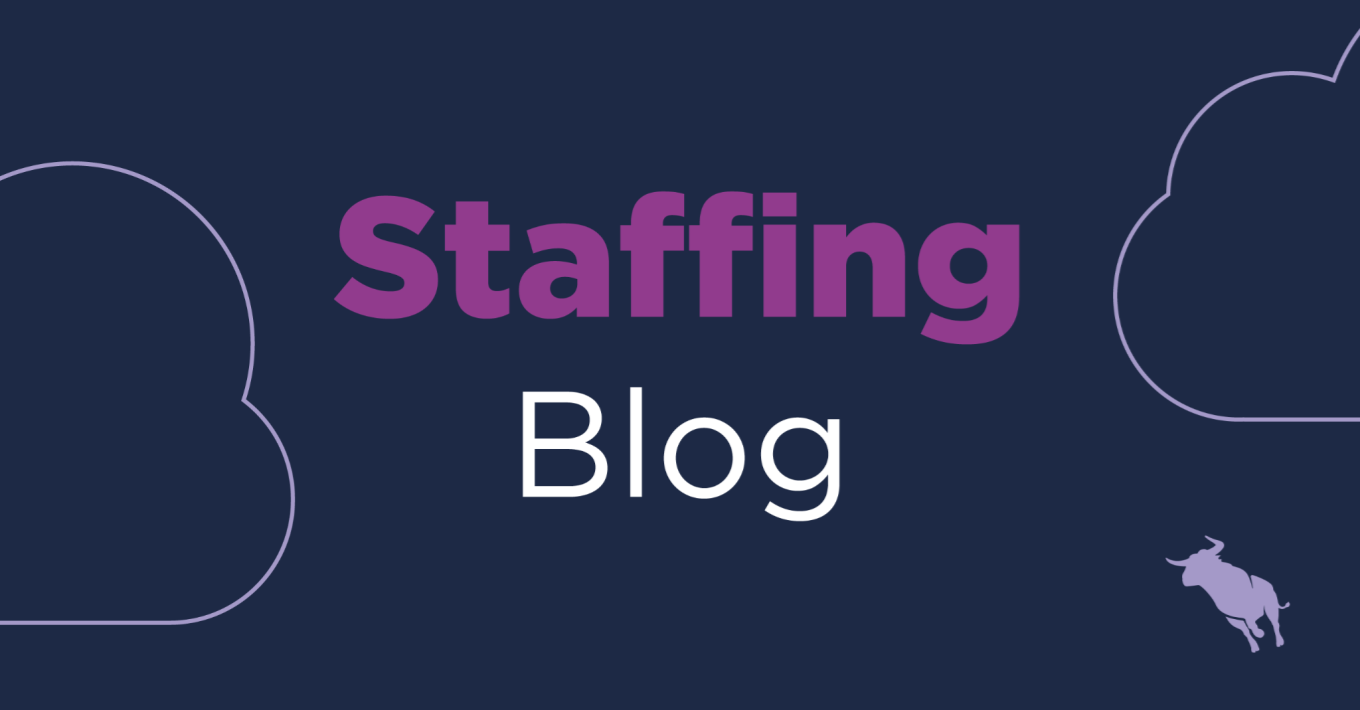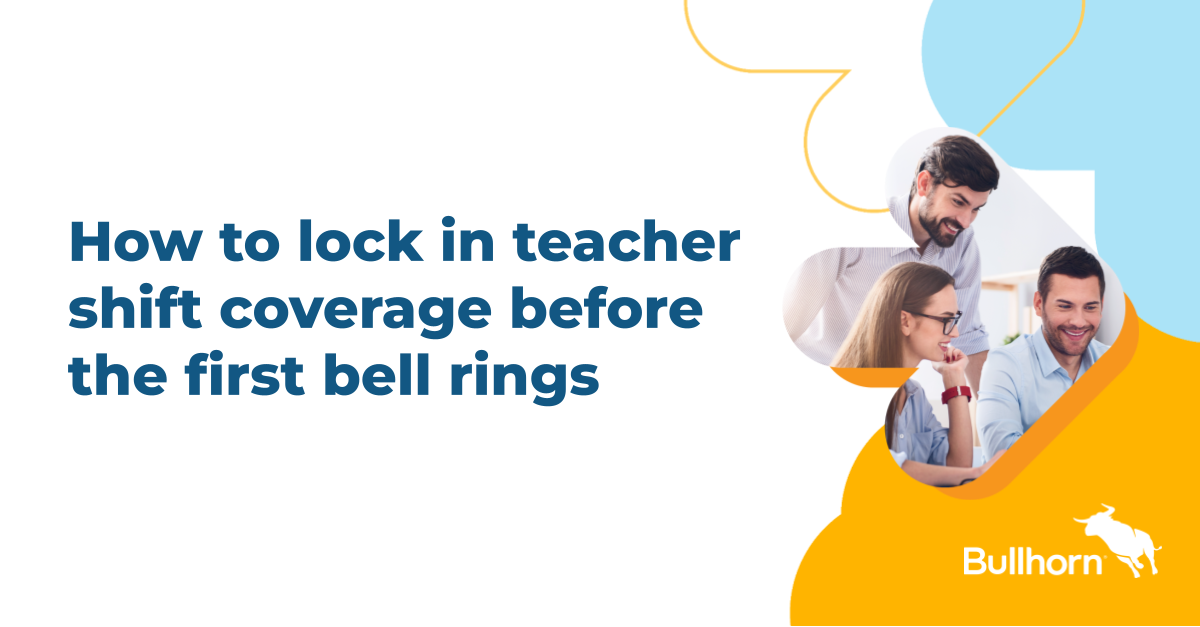How to Fill Jobs Faster with Candidate Personas

As soon as that new job requisition slides across your desk, you want to fill it ASAP. But is your ATS up to the task?
With candidate personas, you have a blueprint for building a database stockpiled with candidates who are the most likely to fill openings. So, when your client calls on you to fill a position, you’ll have the right person for the job at your fingertips.
Fill more jobs, faster than the competition? It doesn’t get better than that.
What is a candidate persona?
The concept of candidate personas is borrowed from marketing and sales professionals who have been using customer personas for decades. Marketers and salespeople use personas to answer the simple question: Who am I trying to sell to?
Why does it matter? When you know exactly who you’re trying to sell to, you can allocate time, resources, and budget much more efficiently to attract your best type of customer (or candidate, in your case).
Recruiters can use candidate personas to answer the simple question: Who am I trying to recruit?
The candidate persona is a representation of the perfect fit for the roles you typically fill. If crafted correctly they’ll not only outline all the skills, traits, and characteristics that would make for an ideal hire, but they’ll offer comprehensive insight into the personality, background, ambitions, objections, and fears as well.
Candidate personas aren’t just limited to identifying the right hire. Personas can also assist in:
- Identifying the recruiting channels and strategies that’ll be most effective in finding the best candidates.
- Crafting more relevant job descriptions, increasing the amount of quality applications received.
- Understanding how to best communicate with the perfect candidates.
How do you create candidate personas?
The most important step comes well before you get to work. You need to spend time carefully gathering and analyzing data before developing your candidate persona.
This can be a tipping point for many recruiters. Those who have been in the game for a while can be tempted to think that they already know exactly what the ideal candidate looks like for a particular role or client. But for the persona to be effective it must be objective, not subjective. Fighting this urge, and understanding the value of empirical data, is key to your candidate persona success.
1. Gather data.
Where does this data come from? It needs to be collected from the following sources.
Your clients: Understand exactly what your clients hope to gain from the new hires, and what type of candidates will be an ideal fit. Understand the requirements of the job (job titles can be misleading, as responsibilities can vary greatly from company to company), the intricacies of the company culture, and the longer-term opportunities that may be offered to the right hire. Your client’s answers to these interrogations will have a big impact on shaping your candidate persona.
The consultants: Tap into consultants who have successfully filled roles before. These people are one of your best sources of insight, so conduct an interview and ask them about demographic information (age/location/education/interests), their professional background, their experience and skill set, their ambitions, and their fears and objections. Questions might include:
- Why did you apply for the role in the first place?
- How did you fit in with the company culture?
- What skills helped you succeed in the role?
- Which aspects of the role did you most enjoy?
- Which aspects of the role did you least enjoy?
- What are your long-term career goals?
The candidates: While speaking to your client and consultants will offer great insight into the needs of the role, and the traits of those who can fill it, all of these insights are from within the employer/employee bubble. How do they align with the realities of the job market? To find out, it’s wise to speak to candidates too. Using similar questions to those that you asked your consultants, query candidates on why they applied, what skills they feel will help them in the role, what aspects they might not enjoy, and where they hope to be in five years’ time.
2. Identify trends.
Armed with these client, consultant, and candidate insights, it’s time to look for trends. What things are commonly mentioned by all three respondents? You might find that all current and former consultants hold a bachelor’s degree, appreciate a flexible working environment, and live within a 20-minute drive of the office. You might then find that your client mentioned these points when describing their perfect hire, and the candidates who were eager to apply also tended to tick each box.
If you spend time sifting through the insights, you’ll be surprised at how quickly certain themes emerge.
3. Develop your candidate persona.
Having identified certain commonalities across your respondents, you’re ready to create your persona. While the key takeaways will all be based on the data, it’s important that you bring life to it – give your persona a name, choose a face, and add in unique characteristics that provide a little bit of color to the description (but that still align with the overall theme). Let’s take a look at an example:
“Say hello to Sarah Jenkins. A 29-year-old living in downtown Boston, she has been working as a Digital Specialist in the marketing division of Chase Bank for 18 months, with a marketing career that stretches back five years. She holds an Undergraduate Degree in Marketing and Communications, and is looking to climb the corporate ladder. She is incredibly passionate about what she does, and thinks of herself as a leader, but prefers to choose her own hours and work remotely where possible. She is engaged to her long-term partner and is the mother to two dogs. She is also passionate about fitness – she religiously rides her bike to work and enjoys kayaking and other adventure sports on the weekend.”
This type of intro will help to get your recruiters excited about using a candidate persona. It should be fleshed out in sections like demographic information, background, experience, ambitions, and objections. The more comprehensive and realistic the persona, the better a recruiter will be able to relate to and empathize with prospects and candidates.
4. Segment candidates in your ATS.
Depending on the nature of your firm, you may have more than one candidate persona to target. For instance, if you typically fill technical roles, “Jeff the Developer” and “Reshma the Project Manager” might be two of your candidate personas.
Labeling your candidates by their persona in your database makes it simple to drill down to the right candidate quickly. In addition, you now have plenty of material for creating a nurturing strategy for your target ideal candidates.
5. Nurture passive candidates.
When it comes to recruiting, passive candidates can be tougher to convince, but are usually higher quality options for your clients. With candidate nurturing, you can have passive candidates primed to fill positions fast. So where do personas come in?
Thanks to your portraits of “Sarah the Digital Marketer,” “Jeff the Developer,” and “Reshma the Project Manager” you have a blueprint for the type of content they are most interested in. And, because you’ve done your homework and segmented your candidates by their persona in your ATS, it’s easy to fire off campaigns and emails that hit home for potential hires. Then, when that next job order flies into your inbox, your high-quality, passive candidates are warmed up and ready to engage with you.
A small investment for a stunning return
While they require a small upfront investment of resources, personas work. In the sales sphere, the use of buyer personas has been found to double email open rates, and improve click-through rates by fivefold. Marketing personas have been found to make websites two to five times more effective and easier to use by targeted users.
While a candidate persona might not be real, the data behind it very much is. You want to fill jobs faster, and personas will help you identify the best candidates and focus your efforts on them.
With the help of candidate personas, you’ll be filling roles more efficiently and effectively than ever before.








